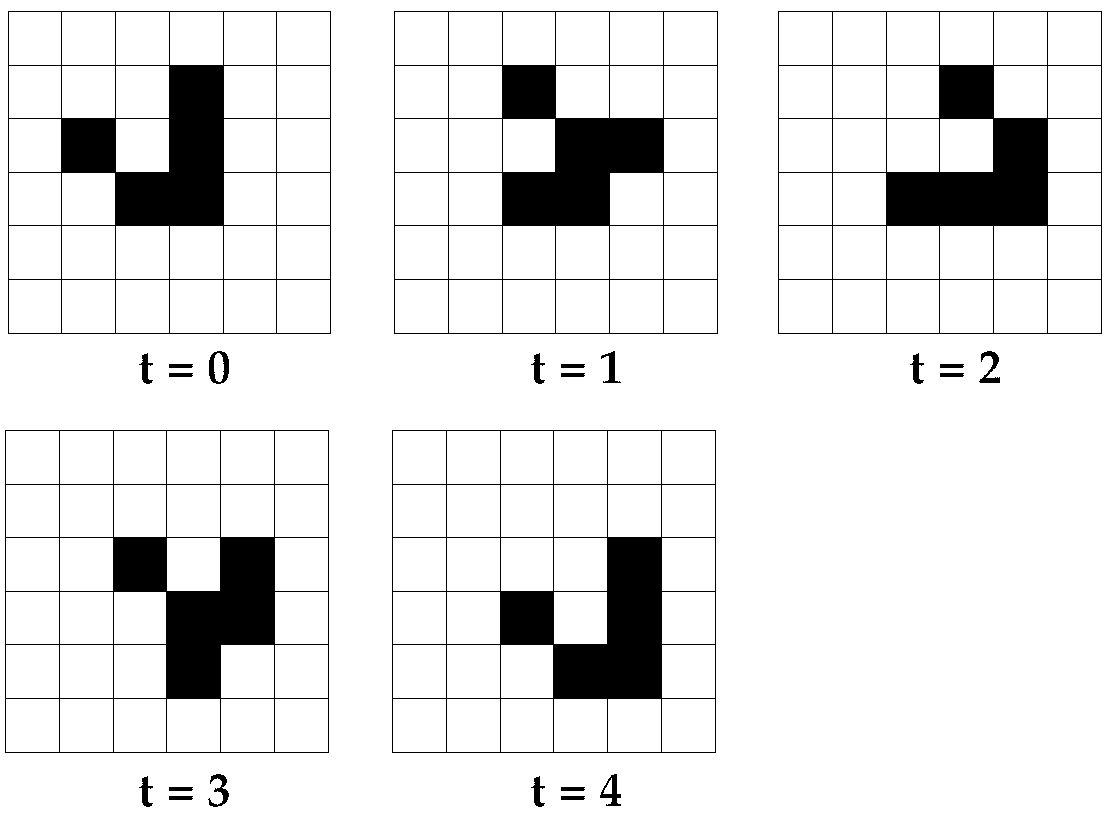Last Monday, we had an interesting seminar in the Physics Department given by Angelos Michaelides from UCL. He's a chemist, but his work spans chemistry, physics and biology, and his seminar attracted an audience from across the departments at the University. He was talking about quantum molecular simulations involving hydrogen bonding. He mentioned a nuclear effect that I was aware of, but used a name I hadn't heard before: The Ubbelohde effect.
It is one of the (few) ways in which having a different isotope present can have an effect beyond the nucleus itself. Replacing the nucleus in a normal hydrogen atom (i.e. a proton) in a molecule with a heavy isotope of hydrogen (a deuteron) will affect the molecules geometry as a whole. In particular it can cause bond lengths elsewhere to change, and can affect the strength of hydrogen bonding between molecules. Hydrogen bonding is important in all sorts of ways; it's the bonding between water molecules that makes water relatively viscous, and it's the bonding between the strands of DNA. If I understood correctly, the isotope effect on hydrogen bonds is what is called the Ubbelohde effect.
Having done some mild googling after the talk, I don't feel too bad about not knowing the name before. The first hit when I search is a recent paper from the speaker, and the wikipedia page about Ubbelohde (a German chemist) is very terse and does not mention the effect. I should probably edit it to change that. It does, however, have an excellent picture of Leo Ubbelohde, reproduced here for your pleasure.



